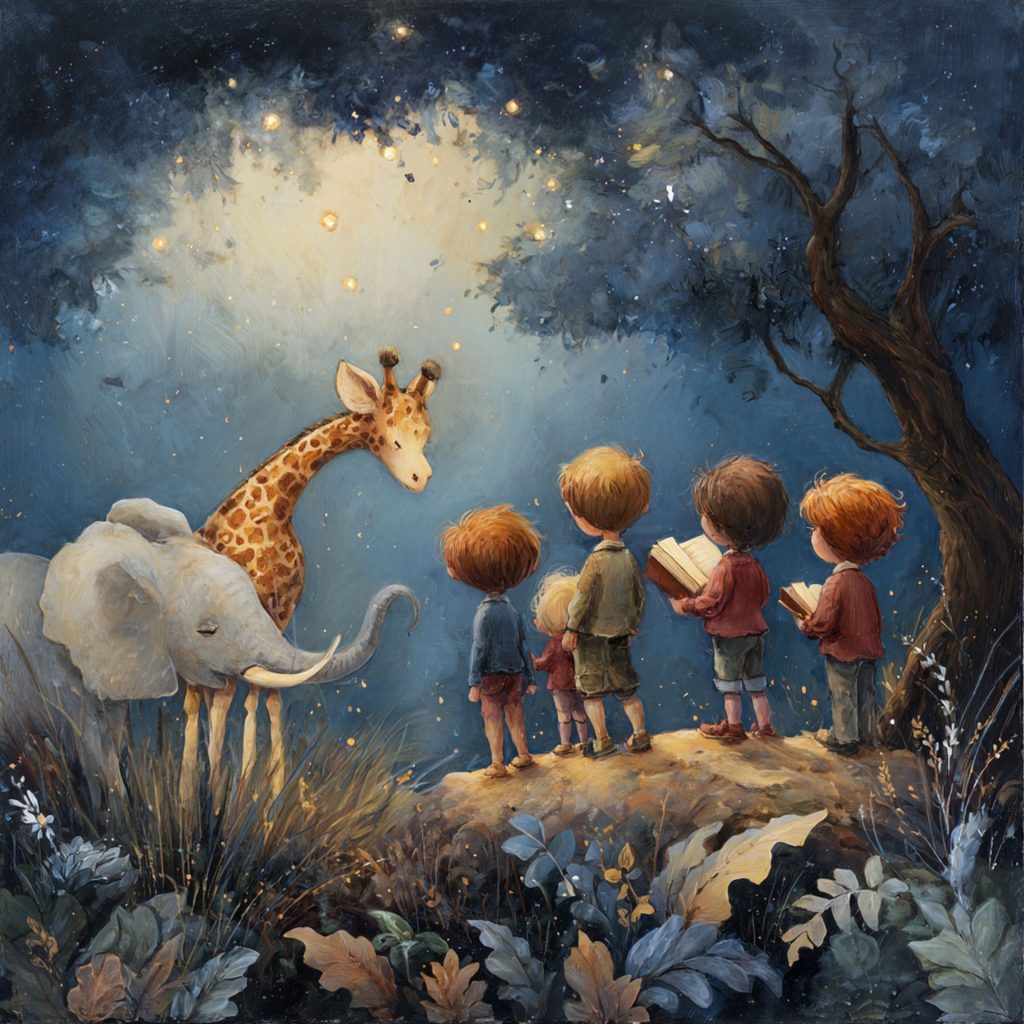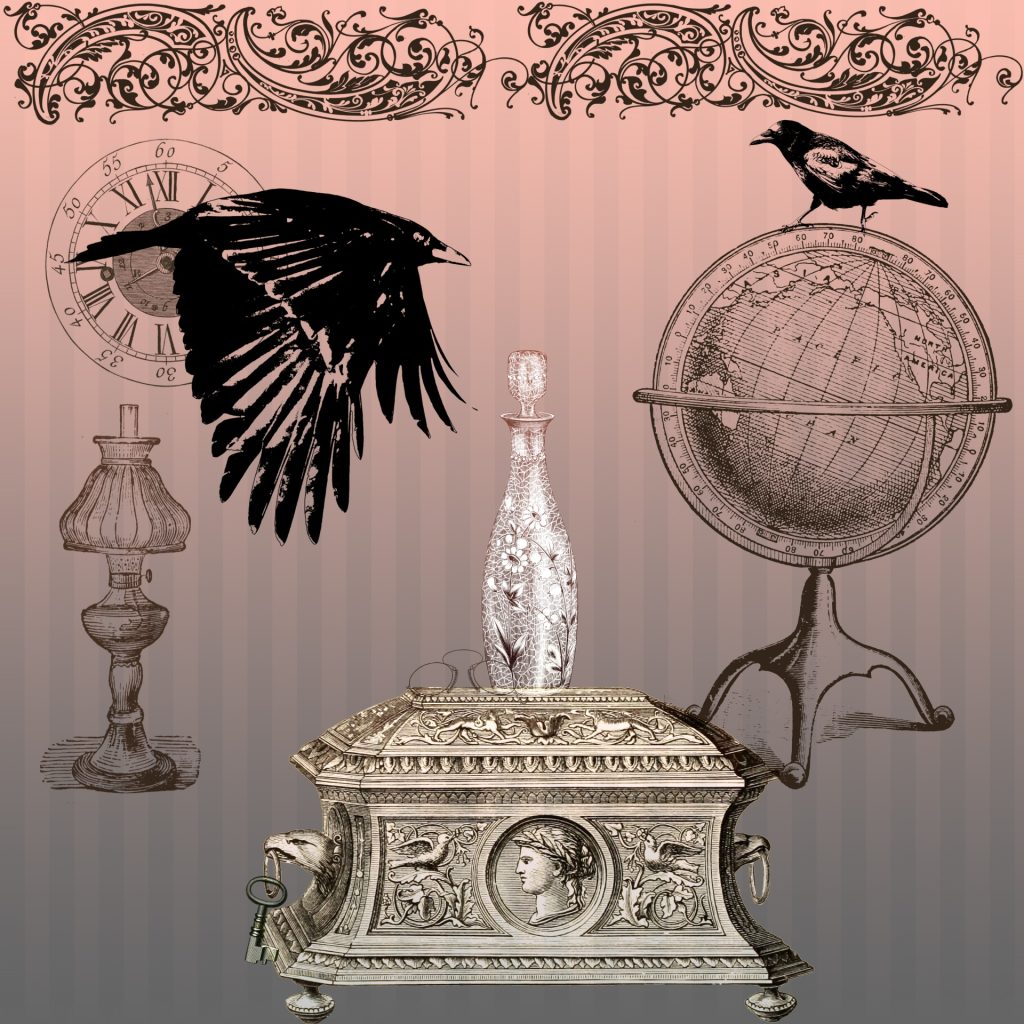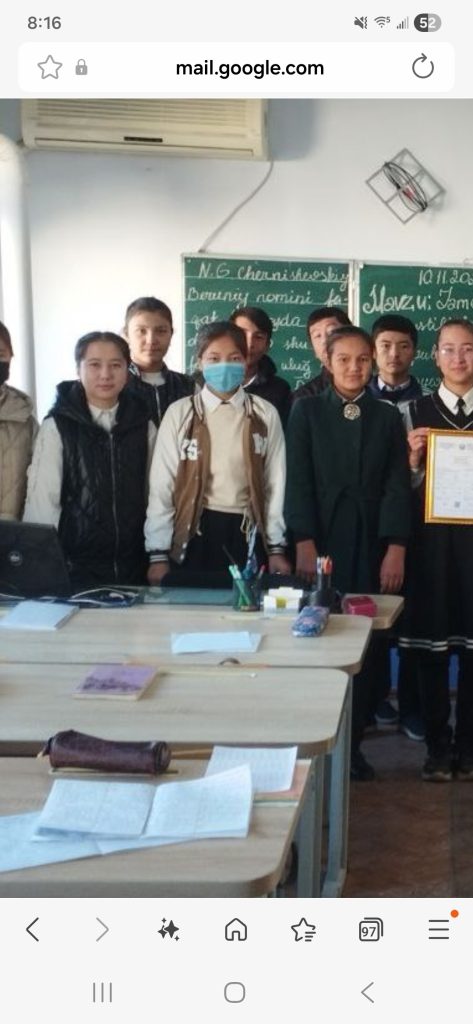The Importance of Bank Loans and Investment Activities in the Development of Regional Economies
Chöliyev Nurbek Rözimbek o‘g‘li
Karshi State Technical University
1st-year student, Faculty of Economics
Annotation: The article highlights the role of bank lending and investment activities in the development of regional economies. It analyzes the support of small and medium-sized businesses through bank loans, as well as the provision of housing and social needs for the population via mortgage and consumer loans. Furthermore, the significance of investment activities in modernizing regional infrastructure, creating new production capacities, attracting foreign investments, and generating new jobs is revealed. As practical examples, projects implemented by commercial banks of Uzbekistan, including “Mikrokreditbank,” “Agrobank,” “Ipoteka Bank,” and other financial institutions, are presented. In conclusion, findings and practical recommendations for improving credit and investment policies are provided.
Keywords: Regional economy, commercial banks, credit policy, microcredits, mortgage, investment activity, infrastructure, small business, foreign investments, economic stability.
Introduction
Today, the role of the banking system is invaluable in modernizing the economy and ensuring sustainable development. In particular, bank loans provided by commercial banks and ongoing investment activities play a crucial role in the process of regional economic development. In the Republic of Uzbekistan, the comprehensive development of regions, improvement of living standards, and support for small businesses and private entrepreneurship are among the priority areas of state policy. In this context, the activities of banks, which serve as the main source of financial resources, occupy a special place.
In regional development, bank lending serves as a key instrument for financing small and medium-sized enterprises and for expanding the agricultural, manufacturing, and service sectors. At the same time, investment activities facilitate the implementation of infrastructure projects, the creation of new production capacities, and the realization of innovative ideas.The relevance of this topic lies in the necessity of ensuring the stable functioning of the banking system in order to accelerate economic growth and reduce disparities between regions. By improving credit policy and further enhancing the investment climate, new jobs can be created in the regions, household incomes can increase, and poverty levels can be reduced.
Therefore, this article analyzes the role of bank loans and investment activities in the development of regional economies, as well as examines existing challenges and possible ways to address them.
The Role of Bank Loans in Regional Economic Development
Bank loans are considered one of the main financial sources in the development of regional economies. Loans provided through banks play an important role in expanding production, establishing new enterprises, modernizing existing capacities, and developing the service sector. In recent years, large-scale reforms have been implemented in the Republic of Uzbekistan to liberalize credit policy and create favorable conditions for business entities.
In particular, in accordance with presidential decrees, the provision of preferential loans by commercial banks has been introduced, yielding significant results in supporting small businesses and entrepreneurship in the regions. According to statistical data from the Central Bank of the Republic of Uzbekistan, the total volume of loans allocated to the economy by commercial banks in 2023 exceeded 480 trillion Uzbek soums, which is nearly 20 percent higher compared to the previous year. A substantial portion of these loans was directed toward financing small business entities and regional development projects.For example, loans provided by Mikrokreditbank and Agrobank for the development of agriculture and family entrepreneurship have contributed to the creation of thousands of new jobs. In addition, mortgage loans issued by Ipoteka Bank aimed at improving housing conditions have also played a significant role in raising living standards in the regions.
Taking Fergana region as an example, in 2023 commercial banks allocated loans totaling nearly 14 trillion Uzbek soums, of which 60 percent were directed to small businesses and private entrepreneurship entities. This indicator clearly demonstrates the crucial importance of bank lending in regional economic development. Thus, bank loans contribute to regional economic development by:supporting small and medium-sized enterprises;creating new jobs; increasing household incomes;strengthening the industrial potential of regions;modernizing infrastructure.
The Impact of Investment Activities on Regional Development
Another important factor in regional economic development is investment activity. Investments serve not only as a source for expanding production, but also for introducing new technologies, developing modern infrastructure, and establishing the production of competitive goods. In recent years, the investment policy of the Republic of Uzbekistan has undergone significant reforms. Favorable conditions have been created for foreign investors, free economic zones have been established, and numerous investment projects have been financed through domestic banks.
According to statistical data, the total volume of investments attracted to the economy of Uzbekistan in 2023 exceeded 350 trillion Uzbek soums, of which nearly 30 percent were financed through bank loans. In particular, Asaka Bank actively participated in financing large investment projects in the automotive, chemical, and metallurgical industries; National Bank of Uzbekistan supported projects in the energy, tourism, and infrastructure sectors; and Qishloq Qurilish Bank implemented numerous investment programs in the housing and construction sector.Significant results have also been observed at the regional level.
For example, in Fergana region, investment projects totaling more than 2 trillion Uzbek soums were financed through banks in 2023. As a result, new manufacturing enterprises were launched, and more than 7,000 new jobs were created in the region.Investment activity influences regional development in the following ways:modernizing infrastructure (roads, electricity supply, water networks);increasing industrial capacity and creating new production facilities;expanding employment opportunities and increasing household incomes;enhancing the investment attractiveness of regions and attracting new foreign investments.Thus, cooperation between investment activity and the banking system plays a decisive role in ensuring regional economic stability.
Conclusion and Recommendations
The analyses presented above demonstrate that bank lending and investment activities play a decisive role in regional economic development. Loans provided by commercial banks contribute to the growth of small businesses and private entrepreneurship, increase agricultural efficiency, improve housing provision for the population, create new production capacities, and expand the service sector.Investment activity, in turn, serves as a key factor in establishing modern infrastructure in regions, introducing advanced technologies into production, creating new jobs, and enhancing the overall economic potential of regions.
Cooperation between banks and international financial institutions strengthens the inflow of foreign investments and facilitates the integration of regions into the global economy.
Based on these findings, the following conclusions and recommendations can be proposed:
1. Diversification of bank lending is necessary. Increasing the volume of financing for various sectors, including tourism, services, and innovative projects, will enhance the effectiveness of credit policy in the regions.
2. Expansion of microfinance services is required. In particular, increasing microloans to support family entrepreneurship, women’s businesses, and youth entrepreneurship will have a positive impact on regional economic development.
3. Further improvement of the investment climate is essential. Creating favorable conditions for attracting domestic and foreign investments through banks, along with strengthening tax incentives and guarantee mechanisms, is highly advisable.
4. Strengthening the financing of regional infrastructure projects. Expanding bank lending and investment programs for transport, energy, housing, and social infrastructure development will ensure regional economic stability.
5. Acceleration of the digitalization of the banking system. Simplifying lending processes and monitoring investment projects through digital technologies will improve the efficiency of financial services in the regions.In conclusion, the importance of bank lending and investment activities in regional economic development cannot be overstated. Credit policies and investment projects implemented by banks are creating new economic opportunities in the regions, improving living standards, and contributing to the overall economic stability of the country.
References
1. Resolution of the President of the Republic of Uzbekistan. “The New Uzbekistan Development Strategy for 2022–2026.” Collection of Legislative Acts of the Republic of Uzbekistan. Tashkent, 2022.2. Central Bank of the Republic of Uzbekistan. “Statistical Data on the Banking and Financial Sector of the Republic of Uzbekistan (End of 2023).” Official website: www.cbu.uz3. Karimov, A. Banking and Financial Markets. Tashkent: Economics Publishing House, 2021.4. Abdurahmonov, Q. Theory and Practice of Investments. Tashkent: Science and Technology Publishing House, 2020.5. Ministry of Economy and Finance of the Republic of Uzbekistan. Collection of Regional Development Indicators, 2023. Tashkent.6. Mikrokreditbank Official Website. “Microfinance Practices and Projects.”
www.mikrokreditbank.uz









